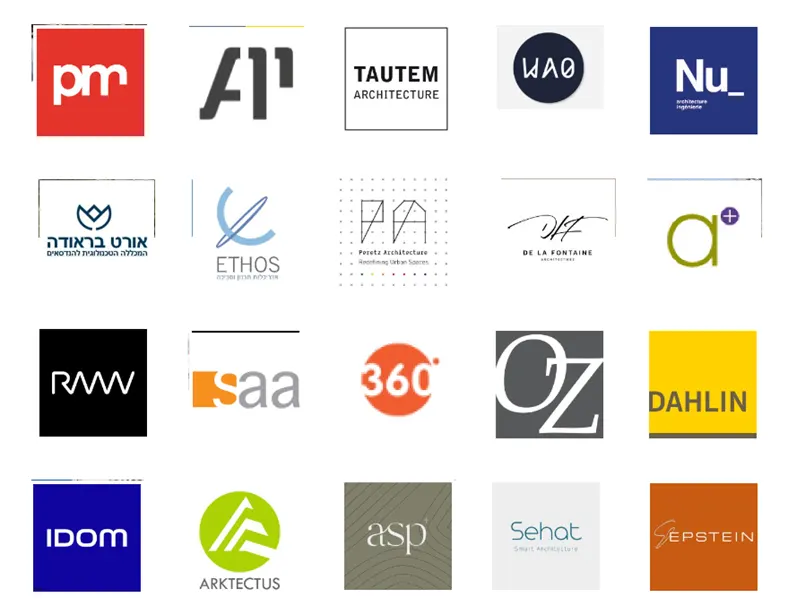Design Manager Design Management Plan What Needs to be Managed is the fifth article of a series of articles about design management in architecture practice. I have discussed in the previous articles what is design management, who is the design manager in practice, what a project or firm design management plan, and what are the key functions of the design management plan in practice. In this article, I am going to discuss that, in practice, analyzing and assessing what needs to be managed in the first steps of building and writing a design management plan.
Academic and professional bodies circulars and publications emphasize that whether it is project design management or a design management plan role is to manage creative organizations and creative projects.
The business of architecture regardless of the size, design, and architecture organization must harness several skills in addition to design talent if they are to be successful. A combination of hard and soft management systems is required.
Hard management system: the formal structure and systems employed by the firm, such as quality management.
Soft management system: sits within this and is concerned with the formal, intuitive nature of the firm concerned with individual’s competencies, values, and feelings.
Here these publications hint at the system that identifies the quality of architecture and design in a project design management as well as human resource qualities of employees in the work environment.
What firms in practice, European firms in the Middle East, emphasize is the action required to define quality management systems, quality manuals, regulations of competence, and values. All staff must have a clear understanding of what is an acceptable and unacceptable standard of work.
These systems are not mentioned in practice but they are included as interpersonal skills. For example, one of the European companies I worked with, include in their code of conduct several matters that a design manager should inform the team about these requirements.
Within the clause of maintaining integrity, they mentioned one of these principles is avoiding conflict of interest. This will never happen in architecture design management as many matters related to funds, money, and payment are decided by the design manager when holding a very high-level authority.
The clause about using assets and information emphasizes how to handle company property and physical assets.
The clause of competitive behavior focuses on competing fairly and cooperating with the organization’s high-level officials and employees when project design management is ongoing.
Other clauses focus on fair employment and reporting violations of company rules and regulations. In this company, my managing director asked me to employ people to join my senior architecture and MEP team. I took this opportunity to ask him about one of my friends who applied to the company but he did not get even a call, he informed me that they employ only by reference to maintain harmony between employees and we employ very few from online applications. So, in the code of conduct, fair employment and competitive behavior are not applicable for this reason.
It is rarely found the quality management system related to architectural and project design management or quality manual but these are mentioned in company profile because they are required in bidding documents for consultancy bids and contract documents.
In Figure 1, below we find many architecture firms from different locations in the world from Israel, France, Brazil, Poland, and the USA. So how can we identify creative organizations and creative projects? Are these companies, Figure 1, creative organizations?

Creative organizations are organizations that apply the 7 criteria of innovative architecture( read my article). The design manager can identify creative organizations when identifying the 7 criteria of innovative architecture or some of them when handling a project design management. These include
- The concept: it fits the site in terms of context, history, heritage, topography, aesthetics, environment.
- New method: Design process, the process of generating the concept design tools and techniques.
- New material: the architecture comprises the use of new material
- Structure: complexity and stability, simplicity of structural design vs complexity of architectural design.
- Project requirements: project targeted program, construction budget, user’s comfort indoors and outdoors.
- Realization: the process of realization of the architectural design, its simplicity, construction method, project budget, and construction time.
- Style relevance: the architectural style of the concept design. Is it a new style?
For example, concepts come into architecture through methods applied by creative architects but how these will be transferred to reality is the question. Domes are constructed in different methods using concrete steel or even wooden structures but coming in a different way that fits the context of the project is the innovation itself (point 4). See Figure 2, a new method of constructing domes, geodesic domes, by American architect.

That was on one hand but on the other hand firms have other criteria that stand on the opposite side of the equation. These are Time, Budget, revenue, and firm reputation.
In order to produce innovative architecture the design manager in the design management plan, project design management, must identify how much time is allocated to produce that innovative work considering the project size and complexity. The plan is to consider how much budget, in reality, is available to accomplish innovative work how much workforce and what type of them, and if outsourcing is required and when. The targeted revenue the company is predicting for its innovative architecture is accomplished by careful assessment and analysis of the project in hand before proceeding to actual work. And finally, how can the design management plan maintain the procedure to protect the firm reputation for producing innovative architecture? Tracking and monitoring every stage of production and its compliance with the criteria mentioned above and responding to the firm operations criteria.
The design management plan has to balance the four criteria of firm operations in the architecture business ( time, budget, revenue, firm reputation) and the 7 criteria of innovative architecture and production.
Managing creative projects, and project design management, comes in the same manner as applying the 7 criteria of innovative architecture. Assessing and analyzing the project properly, how much time is required to finalize all phases of architectural design, how much workforce is required and what type and skills are available for it, and how to monitor and control production through all the processes to the final construction documents and drawings. In the next article, I will identify the first part of building and writing a design management plan for a firm for consideration by the design manager.
[…] Design Manager: Design management plan what needs to be managed? […]
[…] Design Manager: Design management plan what needs to be managed? […]
[…] Design Manager: Design management plan what needs to be managed? […]
[…] the design manager prepares a detailed plan of all types of meetings in an application schedule regularly to enhance the quality, knowledge, […]